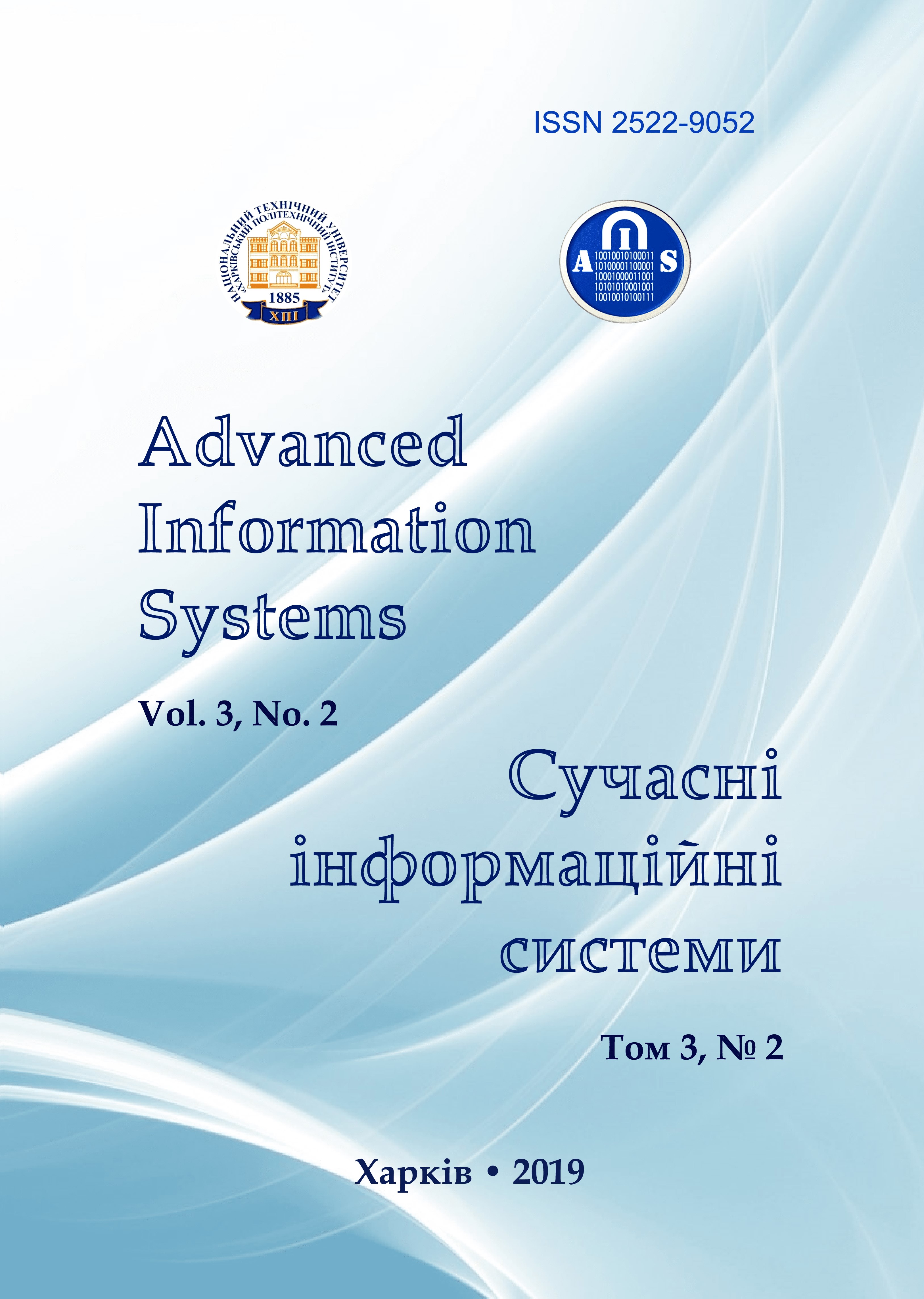Method of selection of rational dimensions of parameters of radio stations with the frequency hopping spread spectrum on and the basis of timer signal constructions in the conditions of the intentional interference
Main Article Content
Abstract
Article Details
References
Shyshatskiy, A.V., Bashkirov, O.M. and Kostina, O.M. (2015), “Development of integrated systems and data for Armed Forc-es”, Arms and military equipment, No 1(5), pp. 35–40.
Shyshatskiy, A.V., Kuvshynov, O.V. and Petrunchak, S.P. (2017), “Method of choice of rational values of parameters of multi-antenna systems of military radio communication with frequency hopping spread spectrum”, Systems of armament and military equipment, No. 2 (50), pp. 151–155.
Kuvshynov, O.V., Shyshatskiy, A.V., Lyutov, V.V. and Zhuk, O.G. (2017), “Analysis of ways to increase the secrecy of broadband radiocommunication systems”, Collection of scientific works of Kharkiv National University of Air Forces, No. 1 (50), pp. 24–28.
Shyshatskiy, A.V., Olshansky, V.V. and Zhyvotovskyi, R.M. (2016), “Algorithm of choice of working frequencies for means of military radio communication under the conditions of intentional interference”, Systems of armament and military equipment, No. 2 (46), pp. 62–66.
Shyshatskiy, A.V., Zirka, M.V., Kadet, N.P. and Lyutov, V.V. (2015), “Estimation of influence of deliberate interference on radio communication systems with pseudorandom perestroika of operating frequency”, Problems of informatization and con-trol, NAU, Kyiv, No. 4 (52), pp.37-44.
Kalantaievska, S., Pievtsov, H., Kuvshynov, O., Shyshatskyi, A., Yarosh, S., Gatsenko, S., Zubrytskyi, H., Zhyvotovskyi, R., Petruk, S. and Zuiko, V. (2018), “Method of integral estimation of channel state in the multiantenna radio communication sys-tems”, Eastern-European Journal of Enterprise Technologies, Vol. 5-9 (95), pp. 60–76, DOI:
https://doi.org/10.15587/1729-4061.2018.144085
Zakharchenko, M.V. (2009), “Interference-encoding”, Textbook for undergraduate students, Phoenix, Odessa, 448 p.
Zakharchenko, M.V, Gorokhov, S.M., Kochetkov, O.V. and Hordiichuk V.V. (2016), “Comparison of positional and timer coding”, Collection of scientific works MITI, No 1, pp.59–63.
